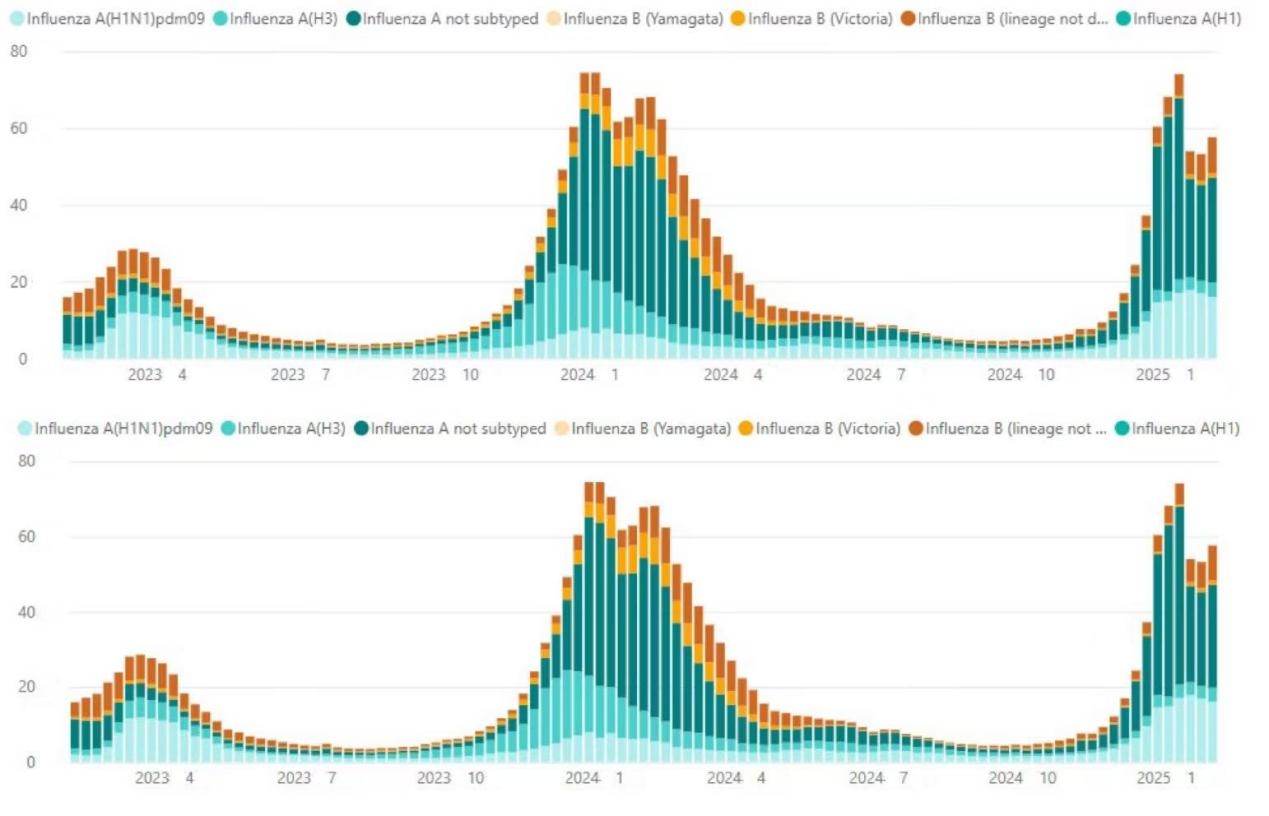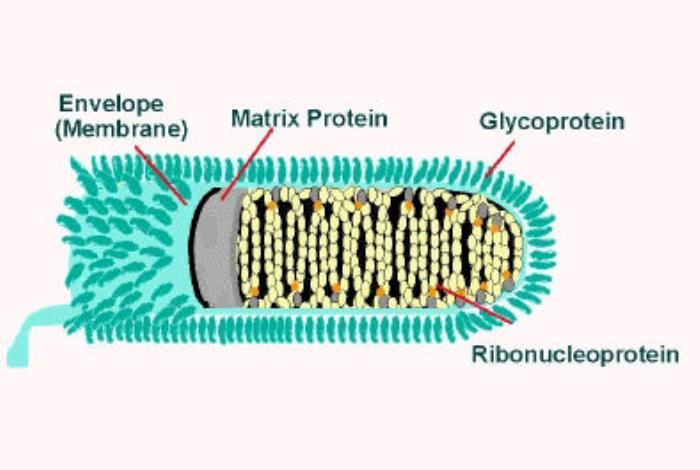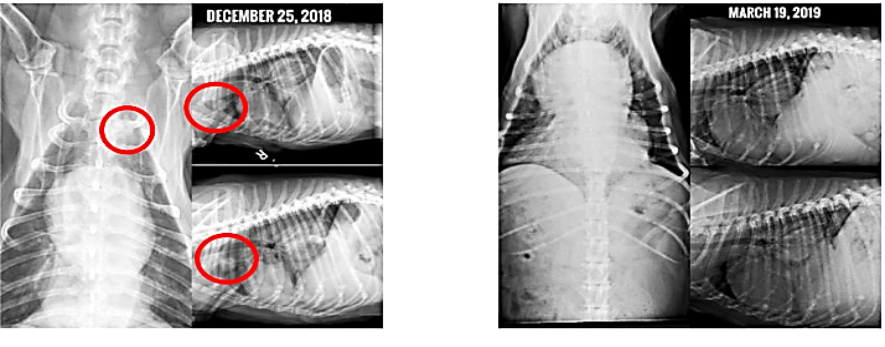

Volume 93
Published on April 2025Volume title: Proceedings of the 3rd International Conference on Environmental Geoscience and Earth Ecology
With the advancement of urbanization and industrialization, methane emissions from human activities have been on the rise, playing a critical role in global warming. As a potent greenhouse gas, the impact of methane on climate change has attracted increasing attention, particularly in China, a major global emitter of methane. Studying its distribution and influencing factors in the near-surface atmosphere is of great importance. This paper aims to explore the distribution patterns and key drivers of methane in China’s near-surface atmosphere. By reviewing relevant literature and analyzing remote sensing data, it examines the variation patterns of methane concentrations in different regions of China and their main influencing factors. The research data comes from the AIRS (Atmospheric Infrared Sounder) satellite remote sensing dataset, which spans methane concentration data from 2002 to 2020, focusing on seasonal variations and regional differences. The results show that regions like Inner Mongolia, Heilongjiang, Qinghai, and Gansu exhibit higher methane concentrations, which are mainly influenced by human factors such as wetland distribution, agricultural activities (e.g., rice paddies), and mining activities. Moreover, methane concentrations peak in autumn and winter, closely related to seasonal agricultural activities and heating demands. The study highlights the vital role of methane emission control in mitigating climate change and suggests strengthening the monitoring and management of methane emission sources to help achieve China’s carbon neutrality goals.

 View pdf
View pdf



History demonstrates that despite continuous advancements in modern medicine, the cyclical tendency of influenza to break out locally or globally remains largely unhindered. In 1918, the world experienced the most famous severe influenza pandemic in history—the “Spanish Flu”. Following this pandemic, the average life expectancy in the United States dropped by 10 years. In 1957, the “Asian Flu” (virus type H2N2) emerged, sweeping through Asian countries within two weeks before spreading to Australia, the Americas, and Europe, affecting countless nations. Globally, over 2 million people were affected by this outbreak. Since April 2009, multiple countries and regions, including Mexico and the United States, have experienced outbreaks of H1N1 influenza. This paper aims to analyze the periodic patterns and rules of influenza outbreaks and transmission through climate influences by examining global influenza surveillance data from the World Health Organization, utilizing Python modeling techniques. Based on the research, this paper found that the spread of influenza will have different transmission cycles depending on the region and climate. Secondly, the spread of influenza will be affected by factors such as season, temperature, humidity and temperature difference between day and night. At the same time, through the study of the three proposed human activities, it was found that only school holidays significantly reduce the spread of the virus.

 View pdf
View pdf


The transportation sector has emerged as a significant contributor to global energy consumption, leading to a disparity between the rates of resource formation and extraction. Consequently, sustainability targets have been established in numerous countries; however, only a limited number of them have made substantial progress toward achieving these objectives. This paper will investigate how sustainable promotion could simultaneously improve social, environmental, and economic sustainability. Socially, it emphasizes that social equity can be advanced by upgrading the accessibility of vulnerable groups of people through service adjustment and subsidy provision of public transport. Environmentally, carbon emission mitigation is considered the primary priority of transportation, so low-carbon infrastructure and electric vehicles are applied in urban. Economically, public transport allows shorter commutation time for workers, and also provides employment opportunities for the unemployed group, shortening the gap of economic inequality. Those sustainable transportation strategies improve sustainability in various fields, efforts from social, environmental and economic measurement also return positive, eco-friendly and equitable impacts toward development, leading to a virtuous circulation in urban areas.

 View pdf
View pdf


In recent years, CRC has gradually become one of the most common and deadliest types of cancer worldwide. Numerous studies in modern biology have explored the gut microbiota, revealing an inseparable relationship between microbial composition and CRC development. Currently, multiple articles suggest that microbial products can help promote or inhibit the formation of tumor microenvironment, while different dietary can help reshape the distribution of gut microbiota. This retrospective article aims to summarize previous experimental findings on how gut microbiota and dietary affect tumor progression through microbial products and propose possible future research directions as well. Short chain fatty acids and secondary bile acids mainly used to regulate the tumor microenvironment and has been widely studied. Additionally, research indicates that high protein and high dietary fiber diet with Omega-3 fatty acids contributes to the formation of SCFAs, thus reduced intestinal inflammatory response and reduces the risk of CRC induction.

 View pdf
View pdf


Globally, hepatocellular carcinoma (HCC) is the third most common cause of cancer-related mortality and the sixth most common type of cancer, with pronounced therapeutic challenges in the Asia-Pacific region. Its progression is driven by an immunosuppressive tumor microenvironment (TME) linked to hepatitis B and C viruses (HBV/HCV) or metabolic-associated steatohepatitis (MASH).Immune checkpoint inhibitors (ICIs) are a breakthrough treatment for advanced HCC because they reverse T-cell exhaustion by targeting the PD-1/PD-L1 or CTLA-4 pathways. However, single-agent ICIs yield modest efficacy in second-line therapy (15-20% objective response rate [ORR], 12-15 months median overall survival [OS]), limited by TME-mediated immune evasion.Combination therapies now dominate clinical strategies: (1) Immune-targeted regimens (e.g., anti-angiogenics + ICIs) enhance TME immune infiltration, extending median OS to 19.2 months; (2) Dual checkpoint blockade (such as PD-1 + CTLA-4 inhibitors) boosts ORR to 36%, albeit requiring careful management of immune-related toxicities; (3) Immune-local therapy integration (e.g., ablation/radiation + ICIs) leverages antigen release to amplify systemic responses, achieving 90% disease control rates.Despite these advances, persistent hurdles include TME heterogeneity, drug resistance, and region-specific etiologies (e.g., HBV dominance in Asia). Future progress hinges on multi-omics profiling to decipher molecular drivers, development of predictive biomarkers, and personalized immunomodulatory approaches tailored to individual TME landscapes and etiological factors. Addressing these challenges may unlock more durable responses in this heterogeneous malignancy.

 View pdf
View pdf


Renal cell carcinoma (RCC) is a prevalent and aggressive malignancy, often diagnosed at advanced stages with limited curative options. The development of immune checkpoint inhibitors (ICIs), especially those that target the PD-1/PD-L1 axis, has significantly transformed the therapeutic landscape of RCC, offering improved survival and disease control. However, a significant percentage of individuals either develop acquired resistance or have primary resistance, limiting the long-term efficacy of ICI-based therapies. This review explores the status of ICI treatment in RCC, summarizing key clinical milestones and response variability. Mechanisms contributing to resistance—such as defective antigen presentation, immunosuppressive tumor microenvironment, and T cell exhaustion —are examined in detail. To address these limitations, combination therapies involving VEGF inhibitors and dual checkpoint blockade (e.g., PD-1/CTLA-4) have demonstrated enhanced antitumor activity in clinical trials. Moreover, the potential of next-generation immune checkpoint targets, such as TIGIT, TIM-3, and LAG-3, to improve immune response is being intensively studied. In parallel, emerging technologies such as artificial intelligence-driven biomarker discovery, personalized neoantigen vaccines, and microbiome modulation are shaping the future of precision immunotherapy in RCC. These innovations aim to identify predictive markers, tailor therapies, and improve patient outcomes. By integrating mechanistic understanding with clinical and technological advancements, a more durable and personalized immunotherapy strategy may be achievable. This review provides a comprehensive overview of ongoing challenges, recent breakthroughs, and future directions for ICIs in RCC, highlighting the need for a multi-pronged approach to overcome resistance and optimize treatment efficacy.

 View pdf
View pdf



Given the global impact of rabies virus and its universally fatal outcome post-infection, it is imperative for society to prioritize the elucidation of its pathogenesis and implement effective measures to control its infection rate. This paper presents an in-depth analysis of the pathogenesis of rabies and discuss the specific mechanism of action. It describes the invasion of the virus through saliva, the reverse transport of the virus to the center in the nerve, causing pathological damage and clinical symptoms, and discusses the host immunity and virus escape, as well as the peripheral spread of the virus. Finally, it summarizes the current situation and prospects the future research direction. In the future, it is necessary to conduct in-depth analysis of the molecular mechanisms of the interaction between rabies virus and its host, and develop precisely targeted antiviral drugs. Optimizing the vaccines with the help of advanced technologies can be used to enhance the immune effect.

 View pdf
View pdf



The application of immunology and nanotechnology personalized immunotherapy in medical field has ushered in transformative changes in veterinary oncology. This paper will discuss the application of therapeutic vaccines in the treatment of canine and feline cancers. A substantial body of research indicates that therapeutic vaccines not only enhance antigen delivery but also activate robust T-cell responses and favorably modulate the tumor microenvironment. In the field of canine and feline oncology, nanoparticle-based vaccine platform has emerged as a novel strategy that improves antigen delivery and enhances cellular uptake, thereby regulating the tumor microenvironment and demonstrating significant potential in boosting immunogenicity and overall therapeutic efficacy. Concurrently, personalized vaccine offers precise identification of tumor antigens (TAs) to activate targeted T-cell responses. Unlike conventional treatments, these vaccines can be adjusted to accommodate the unique tumor features of each companion animal, substantially improving therapeutic outcomes. Early preclinical and clinical studies reveal that personalized vaccines prolong progression-free survival, reduce tumor burden, and inhibit metastatic lesions, offering new avenues for managing refractory cancers. Although challenges remain in clinical translation and large-scale application, interdisciplinary collaborations continue to advance this field, bringing unprecedented hope to the treatment of cancer in companion animals.

 View pdf
View pdf


With the advancement of single-cell sequencing technologies, high-capacity gene expression data have made cell type annotation across diverse cell populations feasible. However, the high-dimensional and complex nature of these datasets poses challenges for algorithm selection, as traditional manual annotation methods have become inadequate. Machine learning algorithms offer a robust alternative, yet choosing the optimal algorithm remains a critical step. This study provides a detailed analysis of two classical machine learning algorithms--k-Nearest Neighbors (KNN) and Logistic Regression and compares their strengths and limitations in cell type annotation from the perspective of algorithmic principles and data characteristics, aiming to offer practical guidance for selecting machine learning approaches. KNN, a distance-based non-parametric method, excels in small-sample and nonlinear scenarios but suffers from the "curse of dimensionality" in high-dimensional spaces, requiring efficiency optimization via dimensionality reduction or locality-sensitive hashing. In contrast, LR, relying on linear assumptions, performs well with large-scale, high-dimensional data through regularization to prevent overfitting, yet its performance declines with small samples or nonlinear distributions. Each algorithm has its own benefits; the choice between algorithms should consider factors such as sample size, feature dimensionality, data quality, interpretability, and the alignment between the true data distribution and the algorithm’s inherent assumptions.

 View pdf
View pdf


Nutritional intake affects animal growth, and foraging is one of the ways in which animals take in nutrients. A good understanding of the digestive mechanisms of animals can improve the nutritional composition of feeds for the target group being fed. This paper compares and contrasts the digestive mechanisms of ruminants and non-ruminants, with an in-depth discussion of specific structures and functions as well as optimized pathways for different animal forage digestion pathways. Findings suggest that ruminants rely on their unique four-chambered stomach, while non-ruminants rely on enzymes in the small intestine. Forage nutrient composition has been improved in various ways by researchers focusing on different parts of the digestive mechanism pathway, such as absorption in the small intestine and microorganisms in the rumen, which can be seen in the differences in the digestive system and the digestive pathway. In addition, this paper discusses substances that favor animal growth, and will provide new perspectives on feeding techniques that will improve the nutritional balance and growth of animals.

 View pdf
View pdf




